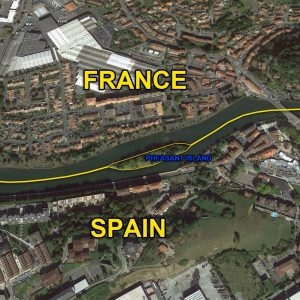
The world’s smallest republic as well as the smallest island nation is Nauru. Located in the southwestern Pacific Ocean, this island is about 1,300 km to the northeast of the Solomon Islands. Its closest neighbour is the island of Banaba in Kiribati, which is about 300 km to the east. Nauru does not have an official capital, but its government offices are located in the district of Yaren.
People from Micronesia settled here around 1000 BCE, and Nauru was made a colony by the German Empire in the late 19th century. After World War I, the League of Nations authorised Australia, New Zealand, and the Kingdom to jointly administer Nauru. Later, during the Second World War, it was occupied by Japanese troops. After the war came to an end, the country became a part of the United Nations trusteeship and gained its independence in 1968. It became a member of the Pacific Community (PC) in 1969.
Nauru’s constitution offers fundamental rights and freedoms for individuals. The country has a government that combines parliamentary and presidential systems. Its parliament has members elected by Nauruan citizens aged 20 and older, and it serves a tenure of three years unless dissolved by a vote of no confidence. This parliament elects the president, who acts as the head of both the state and the government. Nauru accepts aid from Australia and is sometimes called a client state of Australia.
Picture Credit : Google





